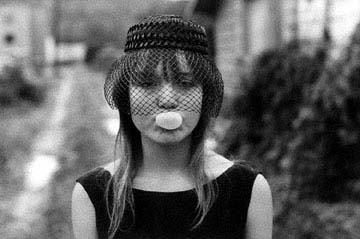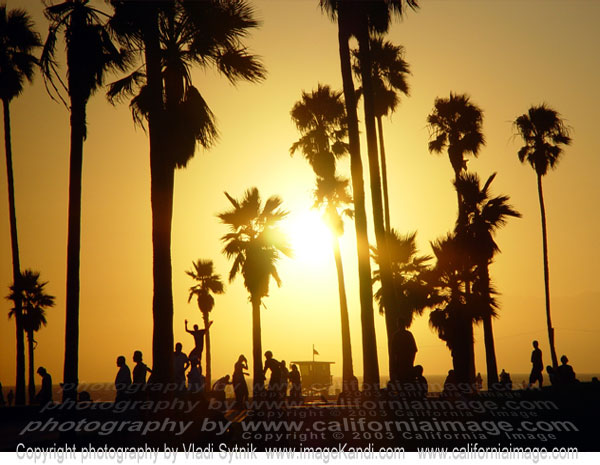
A behemoth of a modern castle built with dazzling white fossil stones sitting majestically atop the California hills overlooking the smog-fogged city and the shining Pacific sea. What is this architectural wonder? It’s the Getty Museum, one of the best cultural landmarks of Los Angeles. You’d think that with all the fabulous and famous (did I mention free, too?) museums in Washington DC, I might have become a bit of elitist in museums. Well, I am – but Getty Museum is, by no exaggeration, simply one of the best museums I have ever visited in my entire life. And it’s in Los Angeles, too!
Built by oil tycoon (J. Paul Getty) who accumulated so much art in his lifetime that he decided to not keep them stored away, and if he was going to show his art collection off – he was going to build the grandest museum ever! The foundation is literally massive blocks of cut fossils, which is way more extravagant and unique than Italian marble… If you look close enough, you can see leaves, shells, and fishes in the milky-white stone. The architecture alone is a masterpiece in modern building, with smooth curves, fountains, and jagged drops. The landscape of the Getty Museum is so beautiful it takes your breath away, with soft and green moss covering the lands inside (instead of grass), rosebush trees with wire sculptures, extravagant water fall sculptures and labyrinth framed by gardens that feature some of the rarest and most beautiful flowers in the botanical world.
Built by oil tycoon (J. Paul Getty) who accumulated so much art in his lifetime that he decided to not keep them stored away, and if he was going to show his art collection off – he was going to build the grandest museum ever! The foundation is literally massive blocks of cut fossils, which is way more extravagant and unique than Italian marble… If you look close enough, you can see leaves, shells, and fishes in the milky-white stone. The architecture alone is a masterpiece in modern building, with smooth curves, fountains, and jagged drops. The landscape of the Getty Museum is so beautiful it takes your breath away, with soft and green moss covering the lands inside (instead of grass), rosebush trees with wire sculptures, extravagant water fall sculptures and labyrinth framed by gardens that feature some of the rarest and most beautiful flowers in the botanical world.

The Getty Museum is home to impressive art and photography collection. The first time I went to Getty Museum, they had an entire exhibition devoted to Jacques Louis David and Goya. If you Google David, you'll see that he painted some very famous paintings such as Napoleon’s portrait. My personal favorites are a tie between Cupid and Psyche and The Farewell of Telemachus. Getty’s paintings leans more to landscape exhibitions and pre-1800 collections, but the photography collection has always been extraordinary and unbeatable. I nearly died when I saw my favorite photographer displayed in an exhibition at the Getty: Mary Ellen Mark!

Using both modern and classical photographs in their exhibitions, I’ve seen old photographs of landscapes and rivers that date back to the 1800s, 1900s pictures of farmers and rustic life, minimalist and striking more recent photos of social outcasts, “storefront churches,” homeless children, and famous places where people have died. Also playing host and preserving fragile and ancient historical artifacts, I’ve seen gold-plated religious art at the Getty that’s over 1000 years old displayed, mythological beasts collected in dogma, rare sculpted busts, and Grecian/Roman era stone figurines. The Getty also is home to a research institute, conservation institute, a grant program, and leadership institute – though I haven’t visited any of these institutes.
All in all, if you’re ever find yourself in Los Angeles – it’s more than worth your time to pay a visit to one of the grandest museums in the world!
.
Photo 1: One of the fountains inside the Getty Museum courtyards.
Photo 2: The infamous water "labyrinth" surrounded by the gardens.
Photo 3: A photograph that was on display at Getty Museum, by Mary Ellen Mark. A homeless girl dressed up for Halloween.



